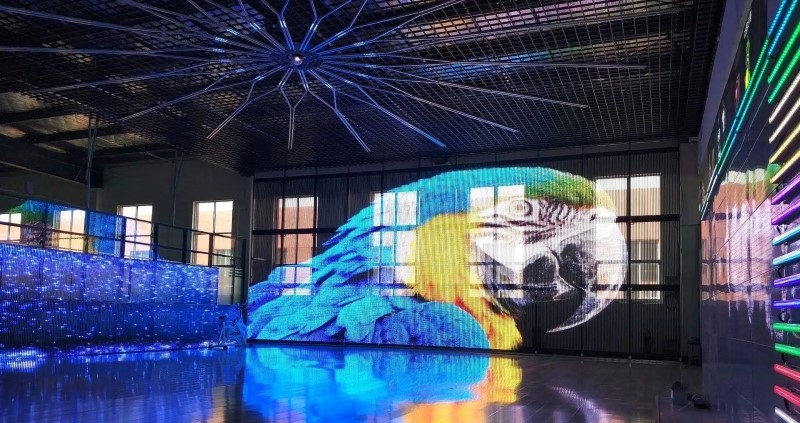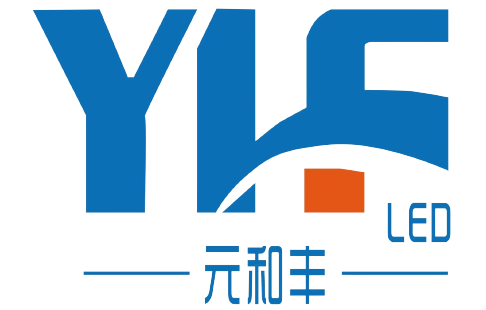Identifying the quality of LED electronic screens requires more than just looking at the main components like LEDs and ICs. While these components are crucial, they are not the only factors determining the screen's overall performance and longevity. Here’s a refined guide to help you make informed decisions when choosing an LED electronic screen:

Common Misconception
Many people believe that the lifespan of LEDs and ICs, which can reach up to 100,000 hours, guarantees a screen’s durability if it operates 24/7. However, this is a necessary but not sufficient condition. The proper use of red, green, and blue lamps, along with the optimal adjustment of ICs, plays a vital role in achieving a high-quality display. Just as a high-end engine doesn’t guarantee a top-performing car, the key lies in how well all components work together.
Temperature Sensitivity
LEDs and ICs, being semiconductor devices, function best at around 25℃. However, in outdoor environments, temperatures can vary drastically, from over 60℃ in summer to below -20℃ in winter. Manufacturers often test products at 25℃, but real-world conditions can cause significant performance variations. For instance, at high temperatures, the brightness of LED lights may decrease unevenly, leading to a distorted or "flowery" display. Similarly, if the temperature in the cabinet exceeds 85℃, the IC may become unstable, further affecting the screen's quality.
Power Supply Considerations
The power supply is another critical factor. Its stability, output voltage, and load capacity can vary under different temperatures, directly influencing the screen’s performance. A reliable power supply ensures consistent operation and supports the screen’s overall quality.
Cabinet Design
The design of the cabinet is equally important. It not only provides circuit protection and safety but also affects ventilation and heat dissipation. As the screen operates, thermal drift can degrade image quality over time, making effective heat management essential.
Environmental Impact
Outdoor LED screens face additional challenges, such as temperature fluctuations, UV radiation, and humidity. Over time, these factors can cause deformation in materials like ABS masks, iron boxes, and connectors, leading to issues such as light blockages, unreliable solder joints, and signal interruptions. The result is often a screen that fails to maintain its original quality and consistency.
Comprehensive Assessment
To choose a high-quality LED screen, start by selecting durable and adaptable components, especially LED lamps. However, don’t overlook the importance of other materials and processes. Just as with cars, where assembly quality and key components make a significant difference, the same applies to LED screens. A slight error in manufacturing can lead to a substantial difference in performance and longevity.
Importance of Communication
Before making a purchase, clear communication with the seller is crucial. It not only affects the project’s success but also helps you allocate resources efficiently. Here are some key points to discuss:
1. Clearly define your needs, budget, and desired outcomes.
2. Explain your project’s requirements and plans, and request the seller to propose the best solution, including potential expansions to avoid unnecessary costs.
3. Ask the manufacturer to analyze the installation environment, predict potential challenges, and provide preventive measures.
4. Compare different LED production processes, assembly techniques, and installation experience to ensure you select the most suitable solution.
5. Assess the manufacturer's service quality and reliability, as these are essential for long-term project success.
By following these guidelines, you can make an informed decision and choose an LED screen that meets your expectations. Quality products will stand the test of time, ensuring satisfaction and success in your projects.
